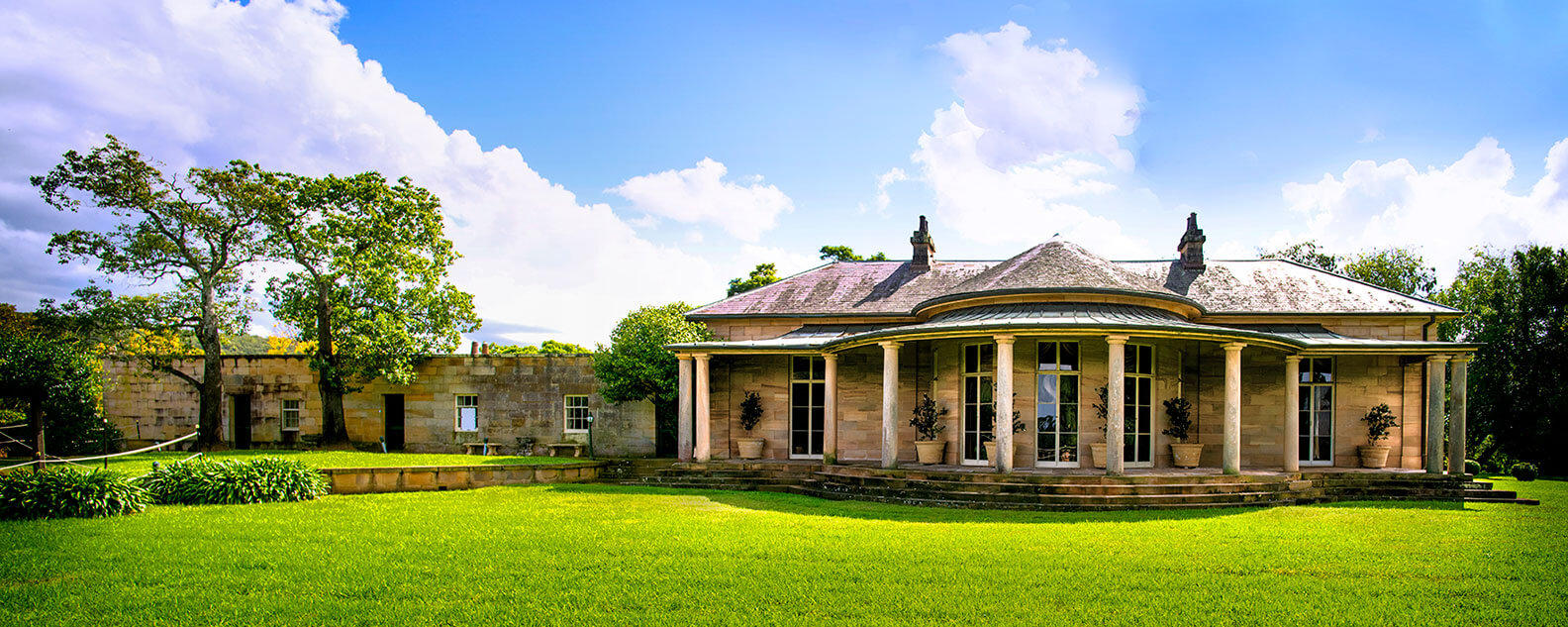Heritage program
Fernhill Estate is an exceptional landscape of natural and cultural heritage significance.

Most of the estate is on the State Heritage Register. This includes Fernhill House and its immediate surrounds, the bushland to the west of the house and most of the open land and bushland to the east, including land adjacent to St Thomas’ Church.
The remainder of the estate is listed as a place of local heritage significance by Penrith City Council.
Conservation management plan
We have prepared a draft conservation management plan that outlines the significance of Fernhill Estate and sets out policies that will guide how this significance can be retained in its future care, development and activation.
Once finalised, the conservation management plan will be an excellent resource and guideline for the post contact history, built environment and landscape elements of the estate. We used the draft conservation management plan when preparing and implementing the Fernhill Estate Foundation Plan of Management to 2026 and the landscape master plan.
In response to community, stakeholder and Heritage NSW feedback, we will commission further background studies before we finalise the conservation management plan. The studies will include:
- cultural landscape settings analysis and management strategy
- Aboriginal cultural heritage mapping
- Aboriginal and early colonial archaeological assessment.
The final conservation management plan will be a companion document to the plan of management and will directly inform the future use and care of Fernhill Estate.
Early colonial built heritage

Fernhill Estate includes Fernhill House, a grand sandstone historic house and one of Australia’s finest examples of colonial-era Greek revival architecture.
We have commissioned a condition assessment of the house and the other early colonial-built heritage of the estate. We have also begun a program of maintenance and repair works to Fernhill House, the Cox Stables and stone bridges.
Early colonial cultural landscapes

Fernhill House is central to the colonial-era cultural landscapes of the estate – it is one of the most intact significant landscapes of this era in NSW.
The cultural landscape settings analysis and management strategy will identify key management principles and objectives for the conservation of these significant landscapes. This will include succession planning for the remnant early colonial row of trees to the original alignment of the southern drive approach to Fernhill House and the associated reflection pond and landscape setting of the stone bridges.
Aboriginal cultural heritage
'Country relates to the nation or cultural group and land that Aboriginal people belong to, yearn for, find healing from and will return to. Country means much more than land. It is a place of origin in cultural, spiritual and literal terms. Country includes not only land but also skies and waters. It incorporates both the tangible and the intangible, for instance, all the knowledges and cultural practices associated with land. People are part of Country, and their identity is derived in a large way in relation to Country.' - Daniele Hromek (2019) – Budawang/Yuin, Researcher and spatial designer.
Aboriginal people have cared for Mulgoa Valley for tens of thousands of years. Before the valley was occupied, fenced and enclosed by the early colonists, First Nations people sustained the landscape, maintained their knowledge and practices and were in turn sustained by their Country.
We acknowledge the rights of First Nations people to be involved in the ongoing management of their traditional lands and will work in a respectful manner with the traditional custodians of the lands of this estate, the local Aboriginal land council, and the First Nations communities of Western Sydney.
We will commission an Aboriginal consultant to facilitate Aboriginal cultural heritage mapping to further our understanding of the estate’s Aboriginal history and cultural landscape values. This work will tell us more about how the estate can best be protected, managed and activated.
Natural and cultural heritage interpretation strategy
We will prepare an interpretation strategy to identify the meanings and relationships of the cultural and natural heritage values of the estate. This will help us establish interpretative themes and objectives for the estate’s precincts, built heritage, cultural landscapes and Aboriginal Country.
